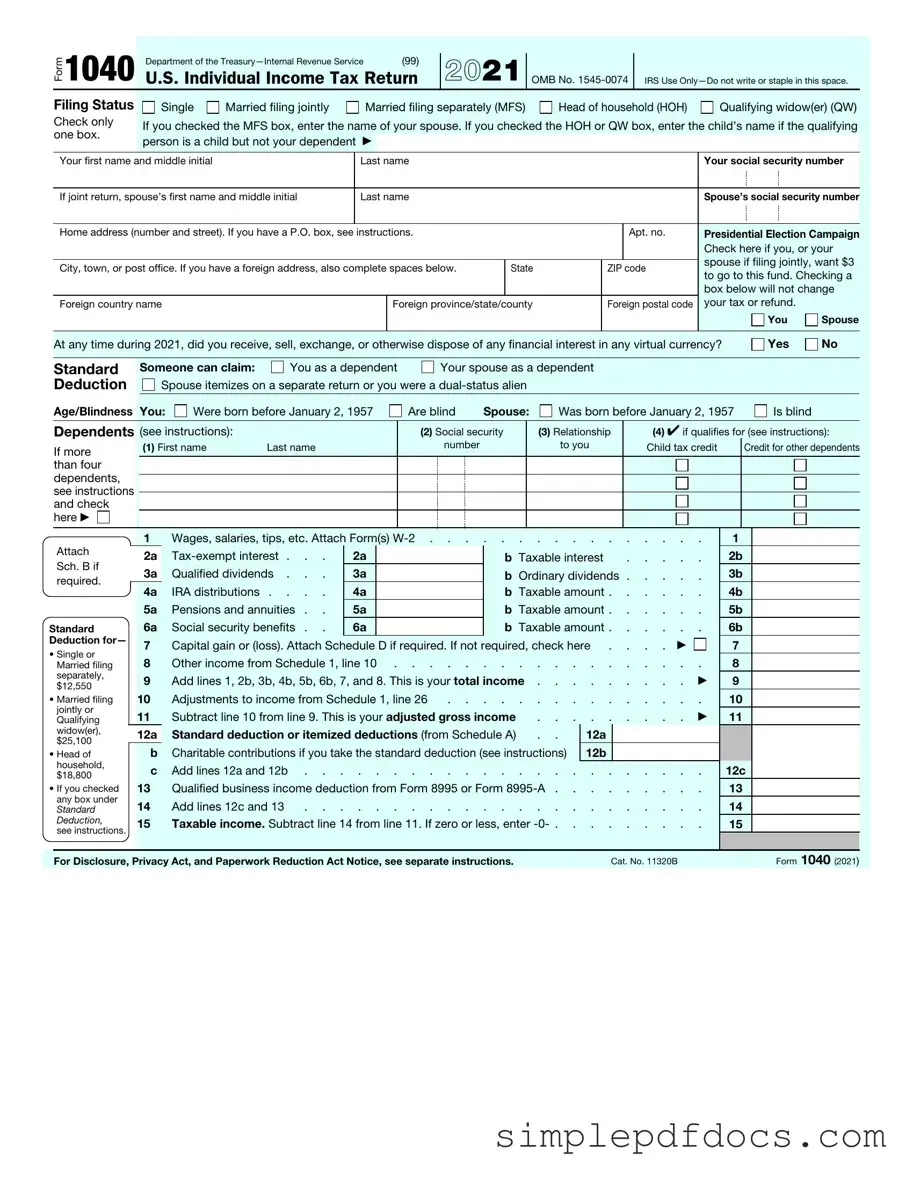The IRS 1040 form stands as a crucial document for individuals navigating the complexities of federal income tax filing in the United States. This form serves as the primary means through which taxpayers report their annual income, calculate their tax liability, and determine whether they owe additional taxes or are entitled to a refund. Each year, millions of Americans fill out this form, which requires the disclosure of various income sources, including wages, dividends, and capital gains. Additionally, the 1040 form allows for the inclusion of deductions and credits, which can significantly impact the overall tax owed. Taxpayers must also consider different filing statuses, such as single, married filing jointly, or head of household, as these choices influence the tax rates applied. Moreover, the form has undergone several revisions over the years, reflecting changes in tax law and policy, which can affect how individuals approach their tax obligations. Understanding the nuances of the IRS 1040 form is essential for ensuring compliance and maximizing potential refunds, making it a key component of the annual financial cycle for countless households across the nation.
